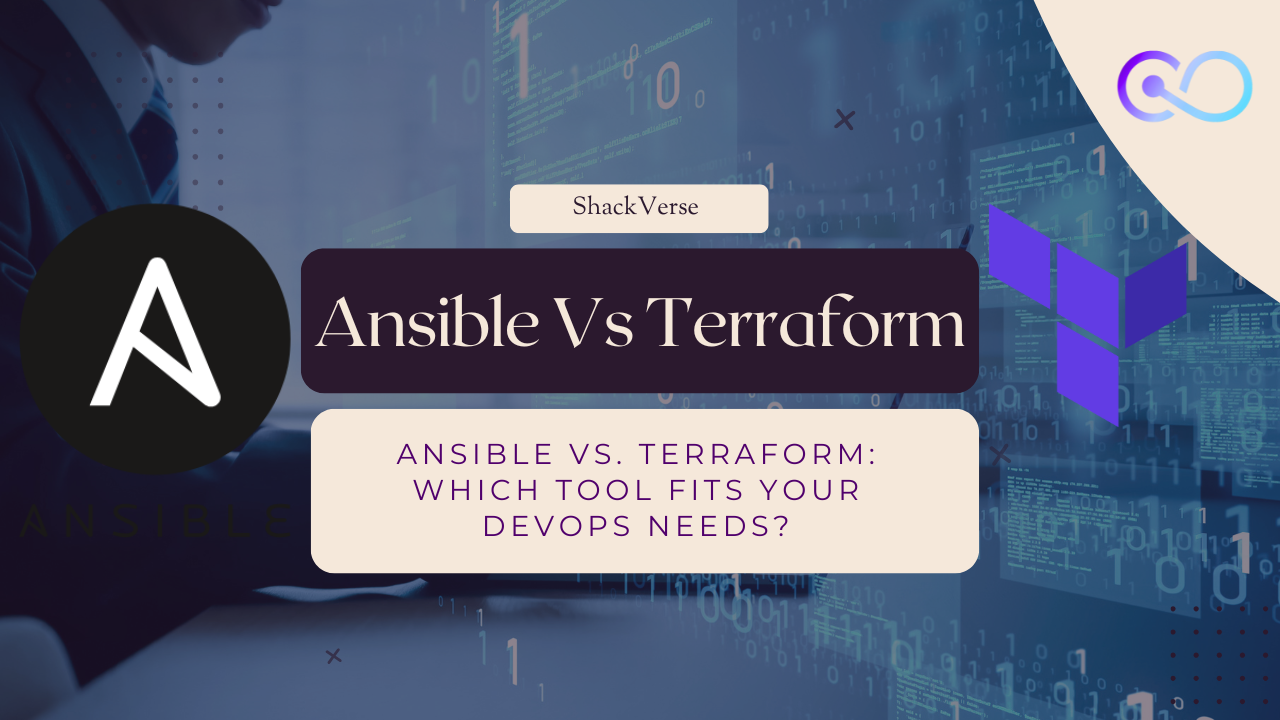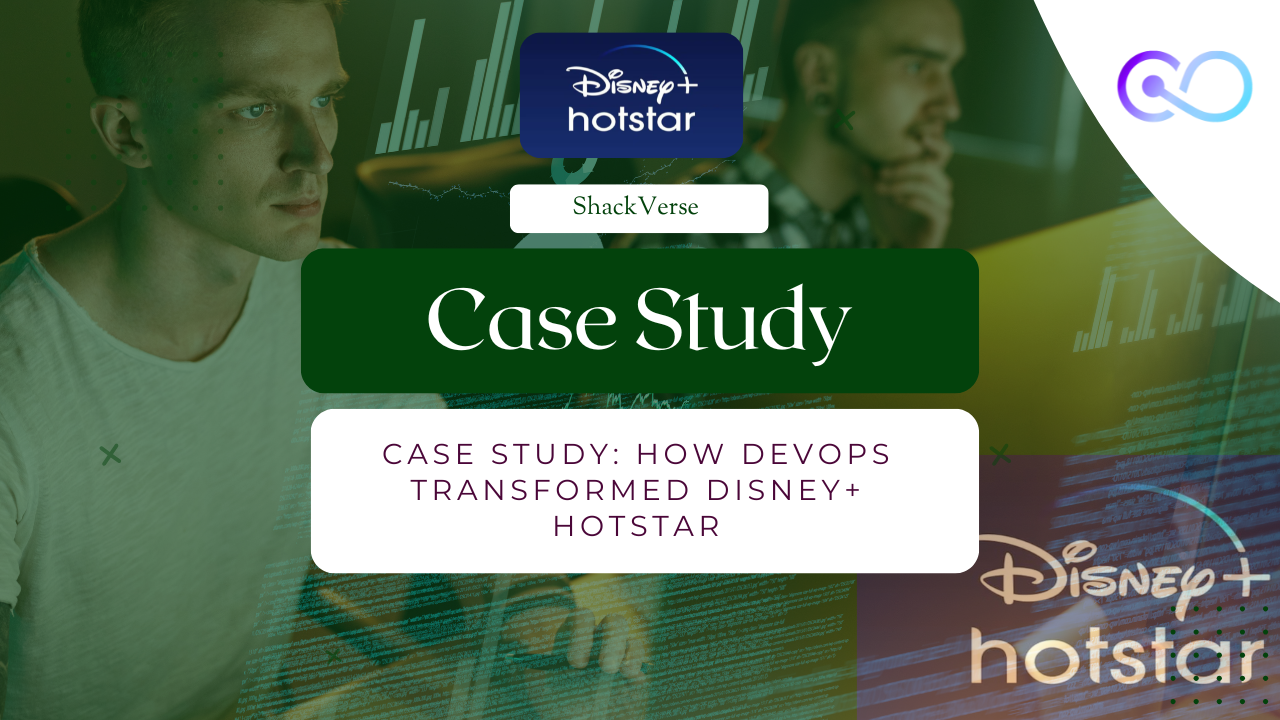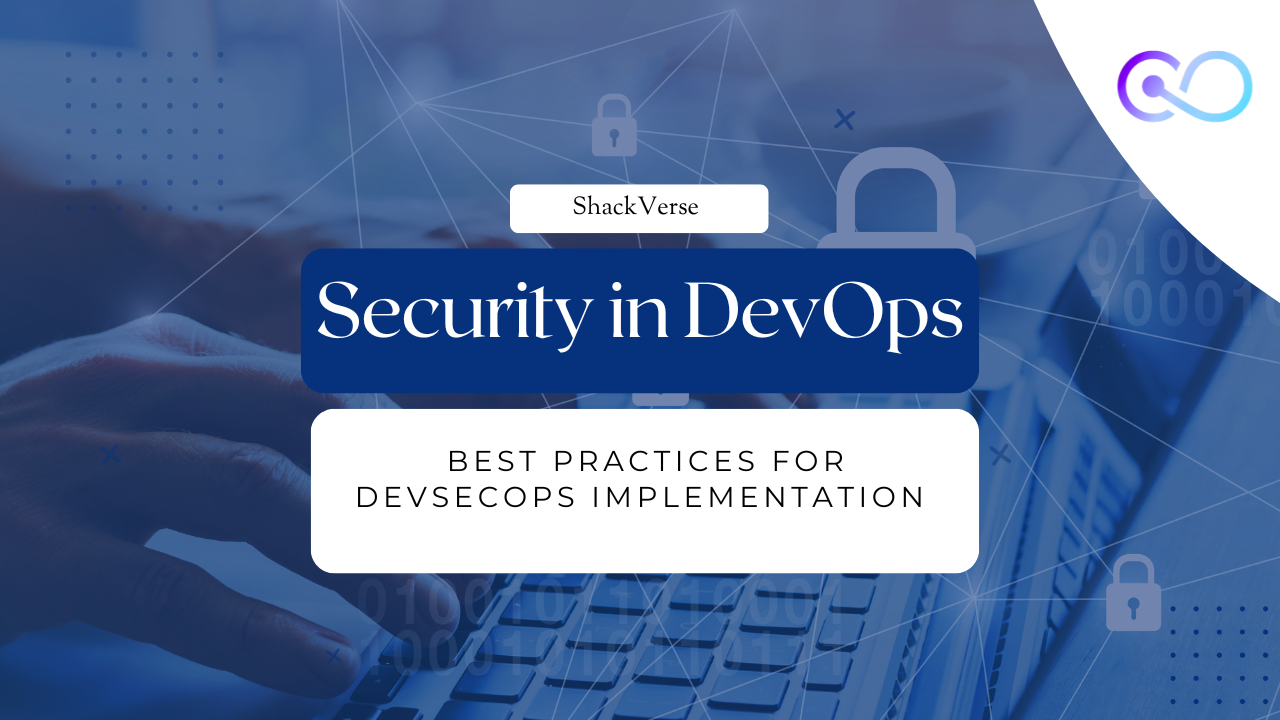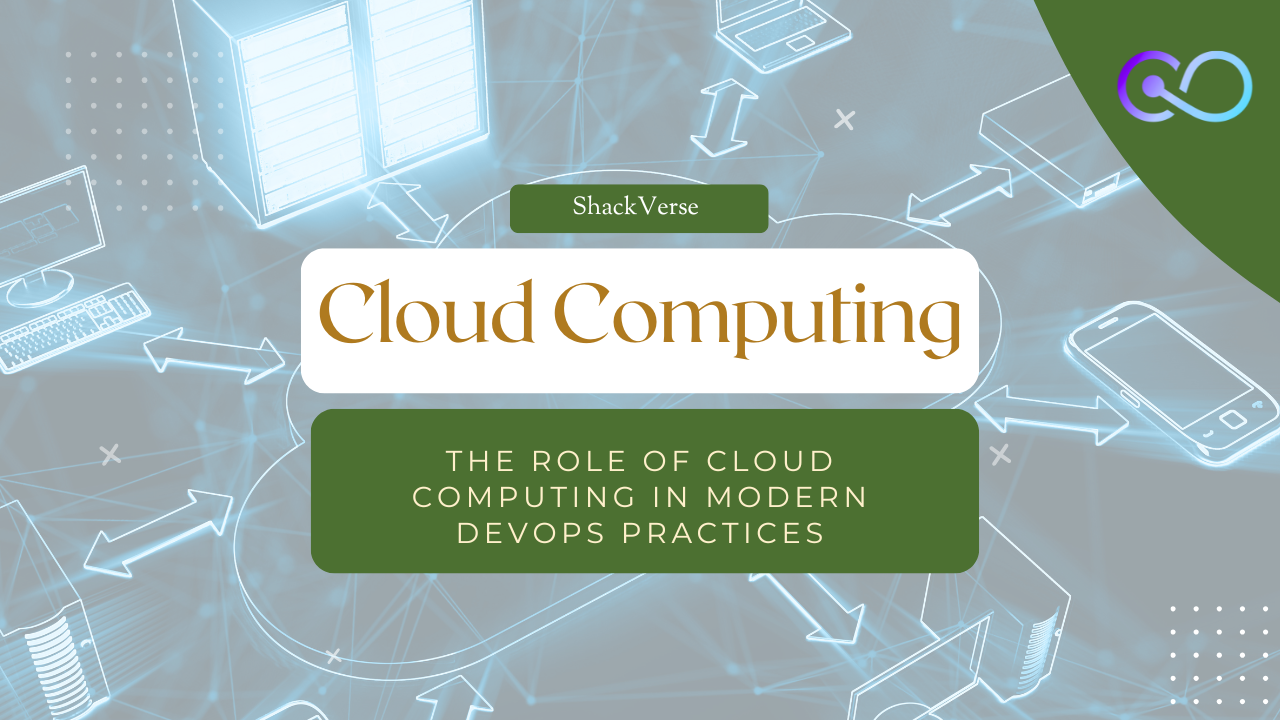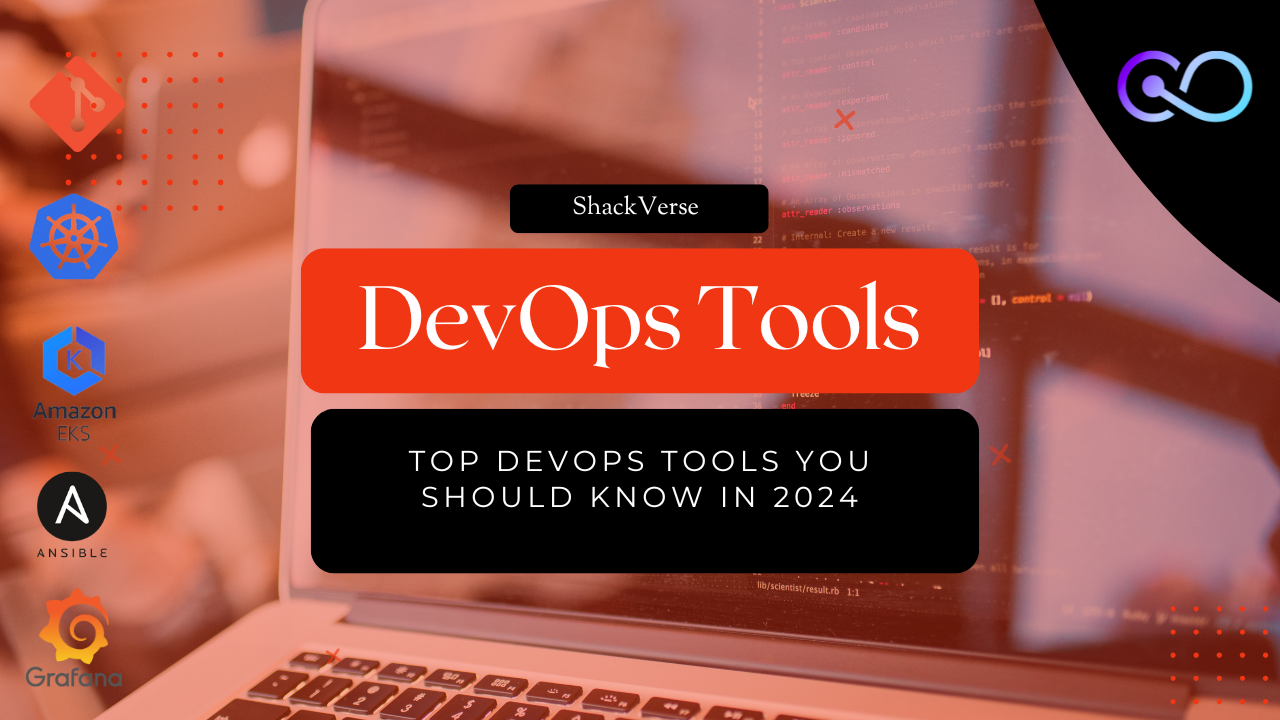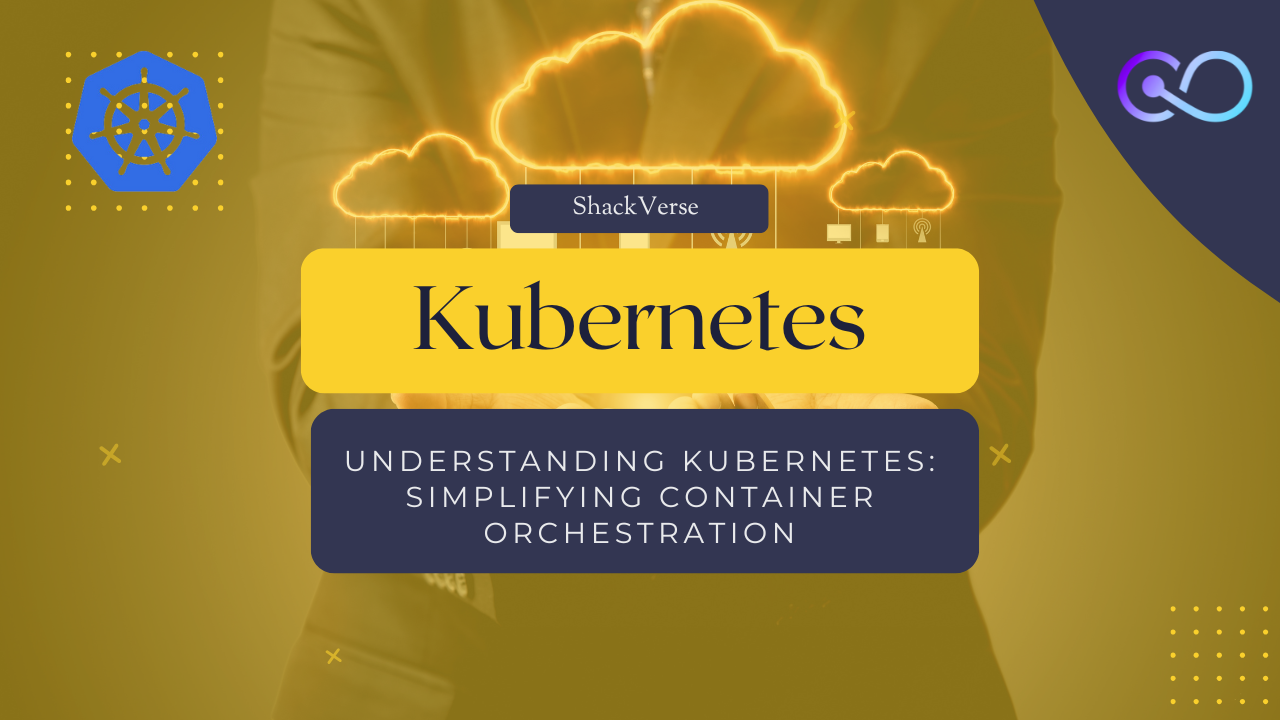In the DevOps world, tools like Ansible and Terraform are essential for streamlining infrastructure management and automation. While both are powerful, they serve different purposes and cater to specific use cases. This blog will help you understand the differences and choose the right tool for your needs.
What is Ansible?
Ansible is a configuration management and automation tool that simplifies repetitive tasks like provisioning, application deployment, and configuration management.
- Key Features: Agentless, YAML-based playbooks, easy to use
- Primary Use Case: Configuration management and application deployment
- Example: Installing software packages and configuring servers
What is Terraform?
Terraform is an infrastructure-as-code (IaC) tool that allows you to define, provision, and manage infrastructure resources using declarative code.
- Key Features: Cloud-agnostic, state management, reusable modules
- Primary Use Case: Infrastructure provisioning and management
- Example: Creating virtual machines, networks, and storage resources
When to Use Ansible
- Configuration Management: Automating server setup and configuration.
- Application Deployment: Deploying applications across multiple servers.
- Orchestration: Managing complex workflows with dependent tasks.
- Multi-Cloud Operations: Unified management across cloud providers.
When to Use Terraform
- Infrastructure as Code: Provisioning and managing cloud resources.
- Environment Management: Setting up consistent dev, test, and production environments.
- Scaling Infrastructure: Automating horizontal and vertical scaling.
- Cloud-Native Deployments: Creating and managing resources in AWS, Azure, or GCP.
Advantages of Ansible
- Simple YAML syntax makes it easy for beginners.
- No need for agents or additional setup on target systems.
- Great for ad-hoc tasks and immediate changes.
Advantages of Terraform
- Comprehensive state management ensures consistent infrastructure.
- Declarative syntax provides a clear picture of desired outcomes.
- Modular structure enables reusability and scalability.
Limitations
- Ansible: Limited in infrastructure provisioning compared to Terraform.
- Terraform: Not ideal for configuration management and task orchestration.
Can They Work Together?
Yes! Ansible and Terraform can complement each other. Use Terraform for provisioning infrastructure and Ansible for configuring and managing those resources.
Example Workflow
- Terraform: Provision a cloud server instance.
- Ansible: Configure the server with required software and settings.
- Terraform: Scale resources as needed.
Conclusion
Both Ansible and Terraform are indispensable tools in the DevOps toolkit. Your choice depends on your specific needs—use Ansible for configuration management and task automation, and Terraform for infrastructure provisioning and state management. By understanding their strengths and combining their capabilities, you can create a robust, efficient DevOps workflow.
Ready to optimize your infrastructure management? Explore the best of both tools to achieve seamless automation!


